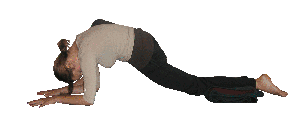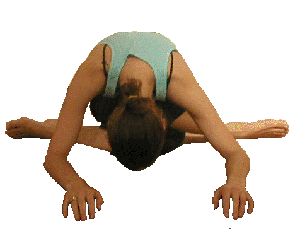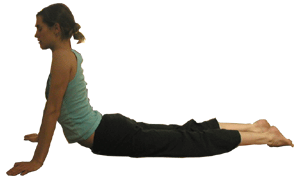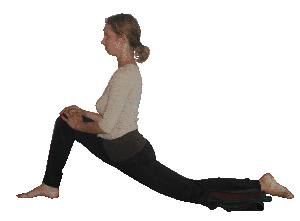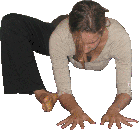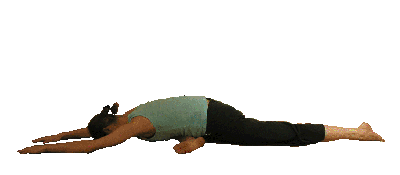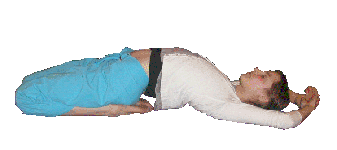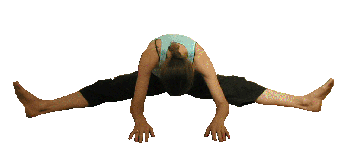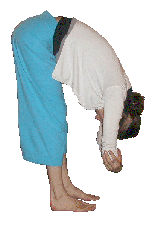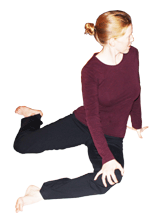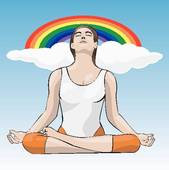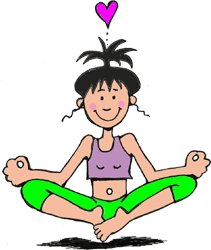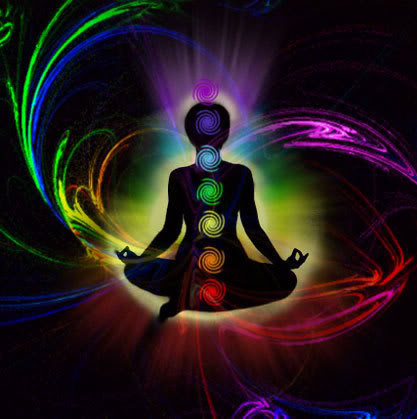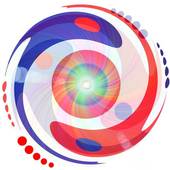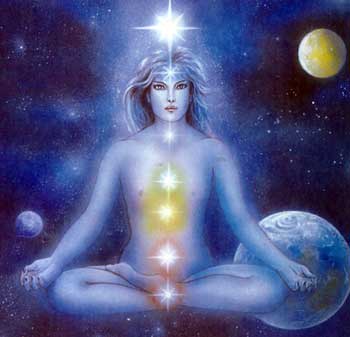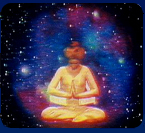Yin Yoga
The yin style of long held passive poses opens the body over
sustained periods of time encouraging softness and deep internal
release and
allowing chi to flow through the subtle channels while it also
promotes a more contemplative-non reactive quality of mind.
The motivation could be that inward-drawn attention on a regular basis teaches us how to heal and fully inhabit ourselves; developing an attitude of attentiveness and kindness within us. As our inward practices begin to take root, they rejuvenate our depleted vitality, freeing us from our tensions and hasty habits day by day.
Yin Yoga, based in concepts of Taoist Yoga, emphasizes the connective tissues of the hips, thighs, pelvis and lower spine. It is characterized by the relaxed practice of floor asanas for three to five minutes at a time. Yin yoga postures gently stretch and rehabilitate the connective tissues that form our joints, allowing us to maintain and restore joint flexibility and prevent degeneration. Yang yoga provides enormous benefits for physical and emotional health, especially for those living a sedentary modern lifestyle. But it does not stretch the joints. If we do not exercise our muscles, they will atrophy and weaken. Similarly, if we do not stress our connective tissues, joints, they will shorten and stiffen due to injuries, neglect, and aging. As we do over and over the yin poses, we can re-grow and strengthen the connective tissue.
Four reasons to stress the joints as Paul Grilley explained to me:
1) Degeneration that occurs from prolonged immobilization (knowing that sitting is 4 times more compressive to the lumbar spine than to stand).<br>
2) To work against contracture to prevent permanent tightening of some connective tissues as tendons and ligaments.
3) To work against fixation as working against the process of consolidation of joints and bones.
4) To stimulate the production of hyaluronic acid (HA). Yin yoga stimulates your joints to produce more cells called fibroblasts, which in turn produce hyaluronic acid. Hyaluronic acid is a spiral shaped molecule that binds to water and swells to create the synovial fluid in our joints. Hyaluronic acid cushions and lubricates joints.
On the subtle view, we use prana or chi to balance, harmonize and transform the body's energy processes. Prana is a Sanskrit word that means life-force; the Chinese call it chi (Ki). This invisible vital energy keeps the body alive and maintains a state of good health. This is the life force energy that pervades us all.
Pathways of energy (meridians) are continuously flowing throughout our body:
There is 14 major meridians, 6 focused on the upper body (lung, large intestine, pericardium, triple heater, heart and small intestine), 6 focused in the lower body (kidney, liver, spleen, gall bladder and urinary bladder) and 2 central channels along the spine.
These pathways carry prana/chi and they are invisible, comprehensive network that link all substances and organs. These pathways are believed to reside within the connective tissue, including the fascia tissue, tendons and ligaments. When we are stressed, these pathways can become blocked, but when we are internally balanced they flow freely. This vital energy tends to collect at the joints.
The nourishment and strength of the meridian system is
essential for the maintenance of harmonious balance on all levels
of the body/mind/spirit.
Before each meridian can be in harmony with the other pathways, it has to be in harmony within itself, yin and yang in complimentary balance.
The meridians or pathways of energy move the prana/chi, moisten the connective tissues, benefit the joints and connect the interior to the exterior of the body.
To influence the way prana flows within us, we have to link
our intention/attention to the breath, which is the main catalyst
for inner
circulation. Remember that prana/chi flows where our attention
goes.
This becomes our natural focal point for our attention while
surrendering into long yin poses, as well as something we can
attend to in our yang practice.
Yin is less mobile, cooler, with feminine qualities, quieter,
hidden so dark, and closer to the core. Organs and bones are near
the core and therefore could be considered more yin while muscles
and skin are near the surface making them more yang. But every
organ has both a supportive, nourishing yin element and an active
yang element. Yin yoga is slow, steady, and often stationary with a
sense of core softness and surrender. Adding to the practice a
loving kindness (metta), and compassion (karuna) to deepen our
responsiveness to the practice. Yin yoga ignites the energetic
field, nourishing the meridian pathways, filling the chakras
(centers of energy) which affect the organs. Yin organs are those
concerned with pure energy of fundamental substances such as blood
and chi: kidney, liver, spleen, heart and lungs. They transform,
regulate and store these primary energies.
Yang is mobile, warmer, elastic, with masculine qualities, more
obvious, radiant qualities and near the surface. Yang yoga activity
is mobile, and maintains a core strength that requires appropriate
effort. So yang style is much more about dynamic movement that
focuses on strength and building inner heat. Yang yoga as power
yoga emphasizes rhythmic movement and muscular contraction;
developing flexibility with repetitive, rhythmic yang stretches.
Yang organs are involved with impure substances such as undigested
food, urine waste. Their job is to receive and digest food
absorbing useful components while transmitting or excreting waste:
urinary bladder, gallbladder, stomach, and small and large
intestines.
But within Yin there is Yang, and within Yang there is Yin.
And by bringing these elements into harmony we can lead more
balanced life on and off the mat. Just as the black dot in the
white side and the white dot in the black side of the Taoist circle
reminds us that there is no such thing as a purely yin or purely
yang reality, every balanced yin activity involves some yang
elements and vice-versa.
Yin classes at Meredithwholelivingcenter, Meredith, NH
"There is a calmness to a life lived in gratitude, a quiet joy."
- Ralph H. Blum
